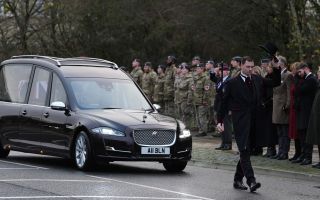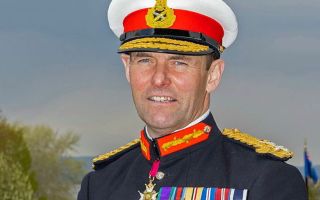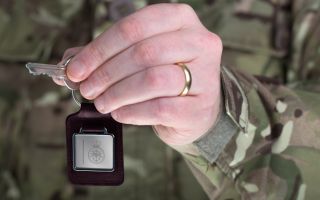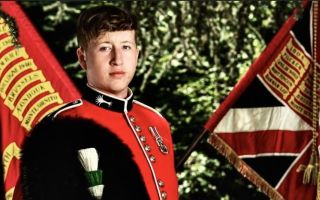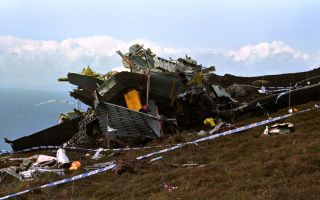Daring WWII operation that's the reason behind Trafalgar Square's Christmas tree
In recognition of the support the UK provided for a "very special mission" – and during the Second World War in general – Norway sends a "very special" tree to London every year for Christmas.
But what is the story behind the annual gift of a Christmas tree and how did it change history?
Nine Norwegian commandos, trained by the British Special Operations Executive (SOE) left their forest hiding place at 20:00 on 27 February 1943, skiing several kilometres to Norsk Hydro's Vemork hydroelectric power station.
- Norway vs Russia: How do their militaries compare?
- Why does Norway give London a Christmas tree every year?
- Norway joins UK-led training programme for Ukrainian forces
They were on a very special mission – to blow up the heavy water plant in Nazi-occupied Germany – that they knew little about but one that turned the tides of history.
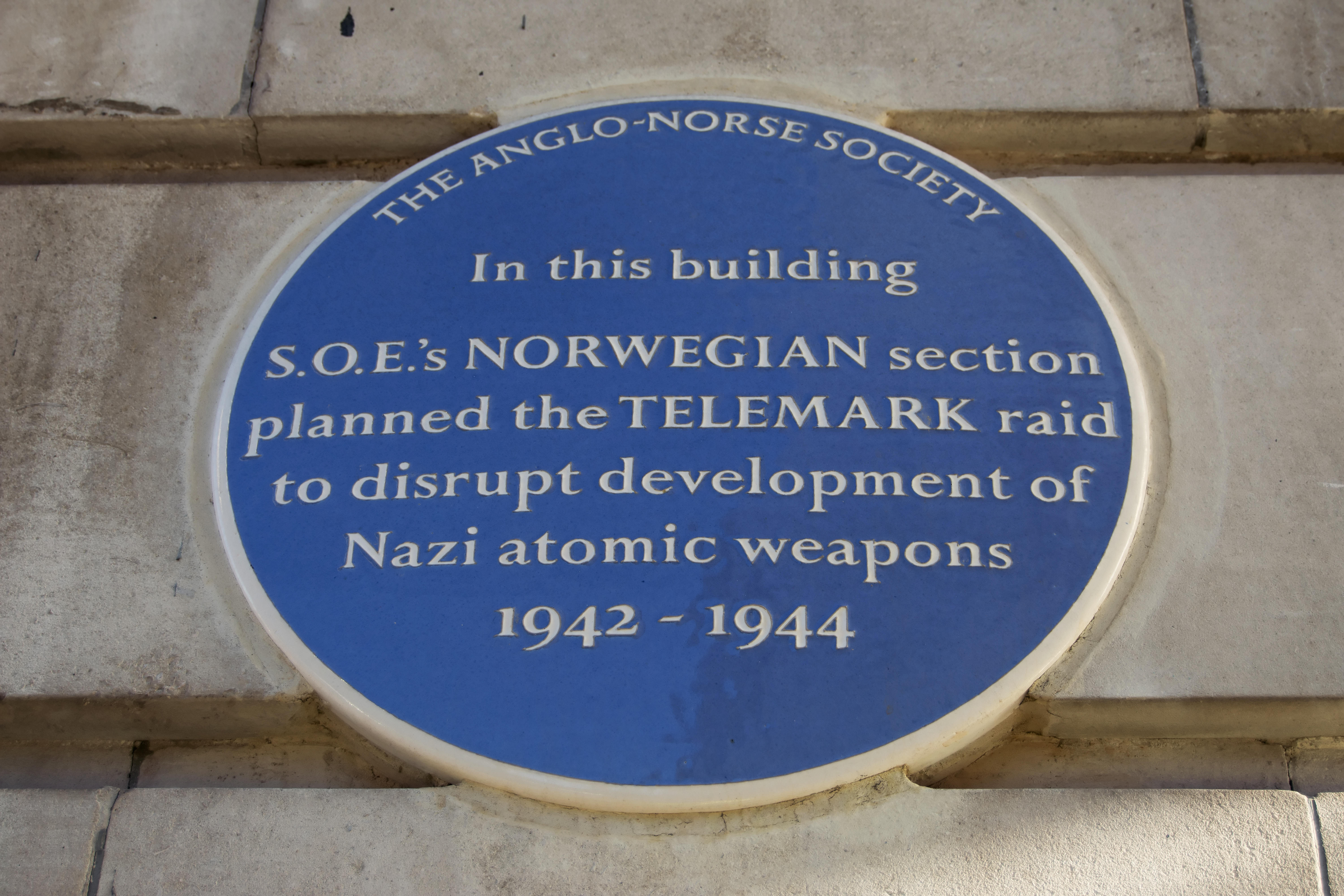
Their mission helped the Allies achieve one of their main objectives during World War II: stopping Nazi Germany from developing nuclear weapons.
Wearing British Army uniforms, the commandos carried a cyanide capsule in case they were arrested.
If they were captured and appeared to be British, it was reasoned that the Germans were more likely to spare the local population from retaliation executions.
The soldiers were only aware of their mission's purpose, which was to eliminate Vemork's capacity to produce "heavy water."
After nuclear fission was discovered on 17 December, 1938, the race to develop an atomic bomb quickly began as the military potential of nuclear power became apparent.
Germany began to develop a nuclear weapon in April 1939. Germany’s brightest minds took to the task including Werner Heisenberg, a Nobel Prize winner, and other scientists who developed nuclear fission.
Deuterium oxide, referred to as "heavy water" because of its larger molecular weight than conventional water, was essential for the fission process to take place.
Heavy water could only be produced on a large scale in one location worldwide: Vemork hydroelectric power plant.
The Germans tried to buy all of Norsk Hydro's heavy water stock in January 1940. They also wanted to increase the plant's monthly output tenfold.
This raised alarm bells among the Allies, especially the French, who were conducting their own nuclear physics experiments.
In March, operatives from France's military-intelligence organisation, the Deuxième Bureau, bought all of Norsk Hydro's heavy water.
But it did not matter because, a month later, the Germans conquered Norway and the plant fell into the hands of the Nazis.
The Allies were not sure how close the Nazis were to developing the world's first atomic bomb, but they did know that heavy water was crucial for its development so a decision was made to destroy Vemork.
The Special Operations Executive cooked up a secret plan in collaboration with the Norwegian resistance.
Two teams were to be dropped into the snowy Norwegian wilderness to conduct reconnaissance and establish a landing zone for a 34-man team of British commandos.
The mission was a complete failure. The glider carrying the commandos crashed and the remaining survivors were discovered by the Germans and promptly executed.
Three months after the first attempt, the British-trained Norwegian commandos were ready to try again. This time for the mission to be a success the tactics had to change.
Instead of using a glider, the commandos were parachuted in. They managed to remain undetected but were accidentally dropped miles away from the plant.
It was midnight and snowing in the middle of winter when they landed and discovered that their previous failed mission meant that the security of the plant had increased tenfold.
The only way into the plant was through a bridge that was heavily guarded. They resorted to climbing a 328ft cliff, crossing a frozen river, and climbing 500ft to reach the plant.
Once inside, the squad was divided into two groups. Four entered the factory, while five commandos took up cover positions outside the barracks, bridge, and main gate. They came upon a Norwegian employee inside who, instead of raising an alarm, assisted them by staying silent.
The team blew up the operations room inside the factory and, miraculously, was able to escape. Located in the basement, the room was filled with explosives.
After the blast, the commandos were able to flee before the Germans discovered what had happened as the chamber was so far below and had such thick walls the noise from the explosion was minimal.
The story of the daring mission was immortalised in a Hollywood action film starring Kirk Douglas, aptly named The Heroes of Telemark.
As a yearly appreciation of the co-operation between the UK and Norway during the Second World War, Oslo gifts London with a tree every Christmas.
The tradition, which has been in place since 1947, sees the Christmas tree put up in Trafalgar Square opposite the National Gallery in London.
The UK was Norway's closest ally during the Second World War and the Vemork mission was one of many examples of collaboration.
The SOE even had a Norwegian section which, during the war, was located on Baker Street in London.
A blue plaque put up by the Alglo-Norse society marks the spot, saying: "In this building, SOE's Norwegian section planned the Telemark raid to disrupt the development of Nazi atomic weapons, 1942-1944."
The Norwegian resistance to the Nazis while the country was occupied was planned and executed from London.
In 1940, the Norwegian parliament and the royal family fled Norway for the UK, their closest ally at the time.
King Haakon, Crown Prince Olav, Prime Minister Nygaardsvold and his cabinet resided officially at the Norwegian embassy at 10 Kensington Palace Gardens.
The Norwegian government and Royal Family remained in the UK until the end of the war, governing from afar.
They were made to feel welcome by the British public and, since then, as a sign of their gratitude the British public, receives a tree from the depths of a Norwegian forest each Christmas.

